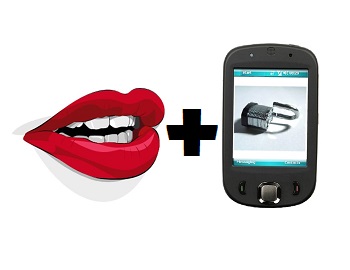Instead of depending on passwords, which are riddled with problems on every side, the company is headed elsewhere.
TalkTalk has now announced that it will be boosting its mobile security by way of voice recognition technology that will allow their customers to access their accounts, following a hack that revealed thousands of personal customer details in 2015.
Customers phoning TalkTalk support can provide identity confirmation through the sound of their voices.
This has been made possible through the new mobile security biometric technology implemented by TalkTalk for identification purposes. The tech recognizes the user’s identity through an analysis of the voice characteristics of the speaker. In order to set up the voice based security system, the customer is asked to repeat a phrase three times. Through that repetition, the technology develops a blueprint of the voice of that individual. That way, the next time the customer service is phoned, the system will recognize the individual’s voice.
This customer service and mobile security feature eliminates the requirement for providing personal details.
 While it remains the standard for people to use their mother’s maiden name or another password in order to access accounts, TalkTalk is stepping away from that process so that the voice alone will be all that is needed. Moreover, this new program, called TalkSafe, will also be able to reduce the amount of time required for the phone call. Instead of having to go through a time consuming process of checking personal details to confirm identity, voice authentication will do it automatically, right at the start in a few short seconds.
While it remains the standard for people to use their mother’s maiden name or another password in order to access accounts, TalkTalk is stepping away from that process so that the voice alone will be all that is needed. Moreover, this new program, called TalkSafe, will also be able to reduce the amount of time required for the phone call. Instead of having to go through a time consuming process of checking personal details to confirm identity, voice authentication will do it automatically, right at the start in a few short seconds.
According to TalkTalk, this is one of the most secure and safe ways for a customer’s identity to be confirmed. The reason is that the biometric tech is able to capture more than 100 different voice characteristics. This includes the shape of the nasal passage and the larynx, in addition to the way words are emphasized and pronounced and the speed at which they are spoken.
When discussing this digital and mobile security tech, the company’s consumer managing director, Tristia Harrison, explained that “We’ve listened to what our customers have told us about wanting a simple, secure service. TalkSafe is an important and exciting step on that journey.”

 Battery life is one of the main concerns of the
Battery life is one of the main concerns of the 